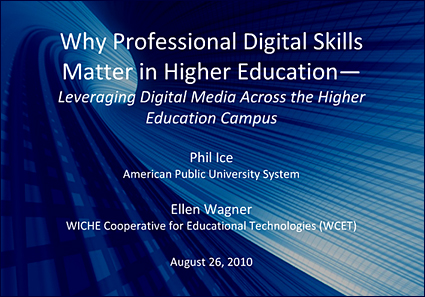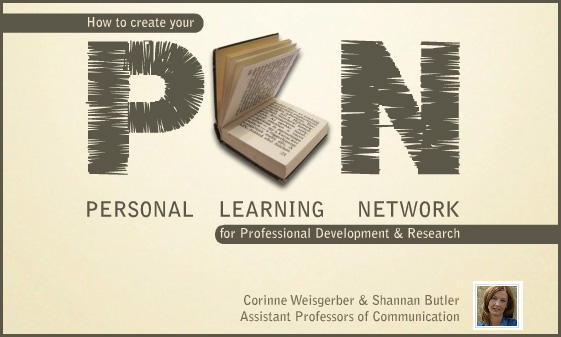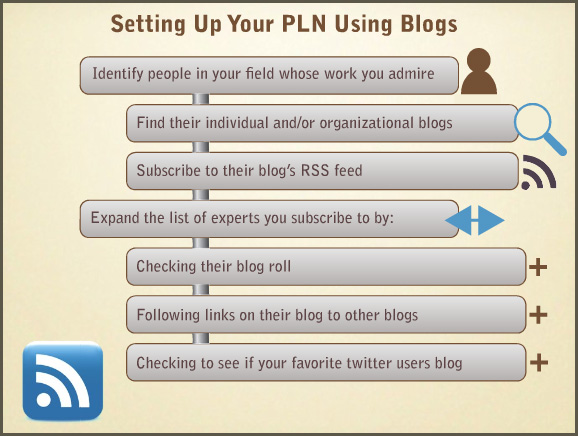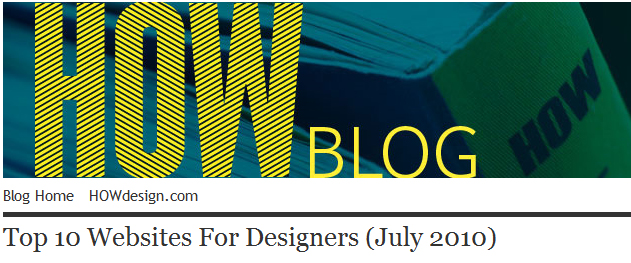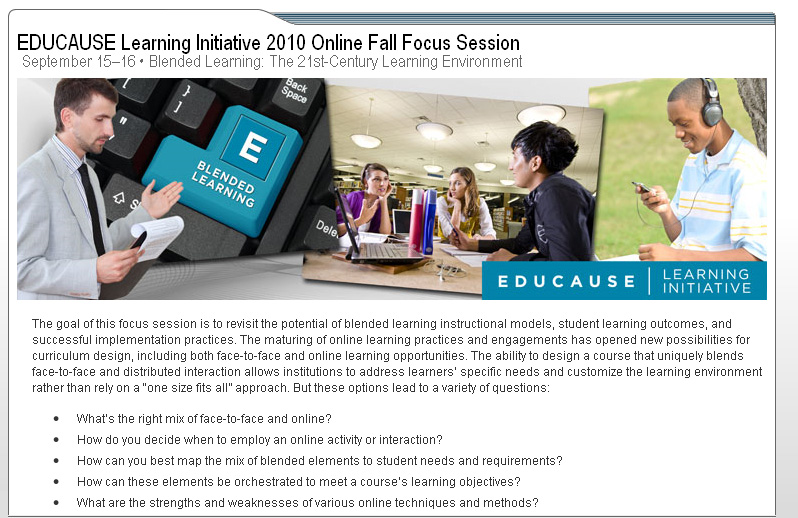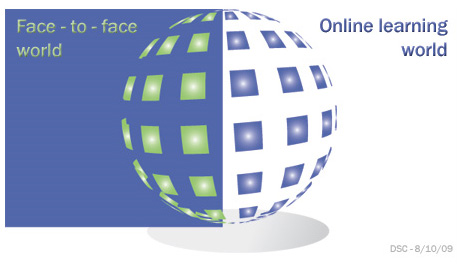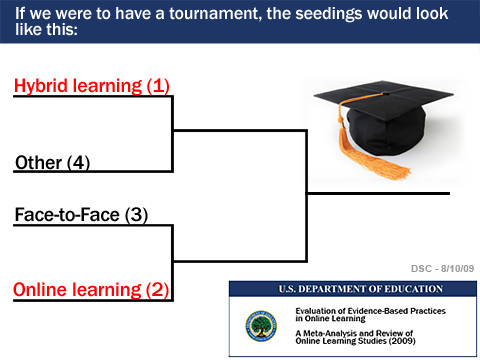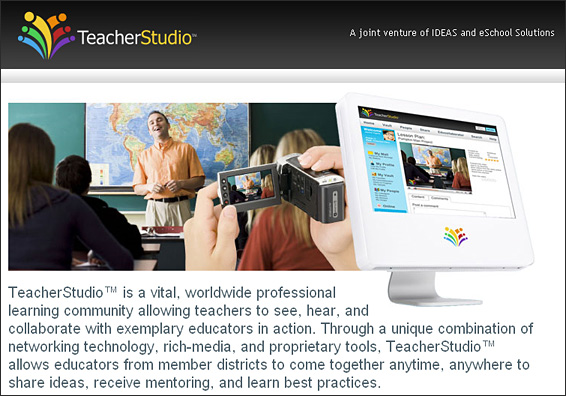Also see:
“Leveraging digital media across the higher education campus”
What do we need? — from weblogg-ed.com by Will Richardson
So I’m asking for a little crowdsourcing feedback for a chapter I’m writing. I’m trying to frame out all the things that ideally need to be in place for an existing school to make the transition to one that provides a more relevant learning experience for kids in the context of the social online technologies that are disrupting the current model. Call it School 2.0, a 21st Centuryized School, or something else, but I’m wondering what qualities or conditions should we be working toward in order to successfully make a transition like that?
Here’s what I’ve been thinking (in no particular order in terms of the big buckets):
From DSC:
Will provides a nice list of areas/items that need addressing…and asks for further feedback here.
Diary of a Summer Intern — from Google
A true win-win situation — all around.
22 books for beginner Instructional Designers –from The Upside Learning Solutions Blog by Amit Garg
Videoconferencing Lesson Study: Learning from the Classroom — by Janine Lim
Poster Session: Amy Colucci, Jefferson County Public School with Jeremy Renner
Just stopped by a poster session on the way that Jefferson County Public Schools uses classroom-based videoconferencing systems to facilitate real-time lesson studies without interrupting the classroom instructional.
I talked to Pam Caudill, who is the videoconferencing contact supporting the project. It’s a really cool professional development model. (In case you’re interested, they are using Tandberg equipment.)
So imagine this:
- The model teacher is in the classroom – and videoconferences back with a group of teachers at another site.
- She explains the idea for the lesson; prep etc.
- She teaches the lesson. The teachers at the other site are watching. A mic is on the teacher, and a room mic is used also. Someone in the room unobtrusively manages the camera so the far site sees everything going on.
- After the lesson, the model teacher debriefs with the teachers at the far site.
- THEN, the teachers at the far site learn how to use the technology tools they just saw used with the students.
From DSC:
Blended learning — also called hybrid learning — offers the best of both worlds. A great way to go!
Also see:
Also see:
TeacherStudio Brings Web 2.0 Tools to Professional Development — from The Journal by Scott Aronowitz









